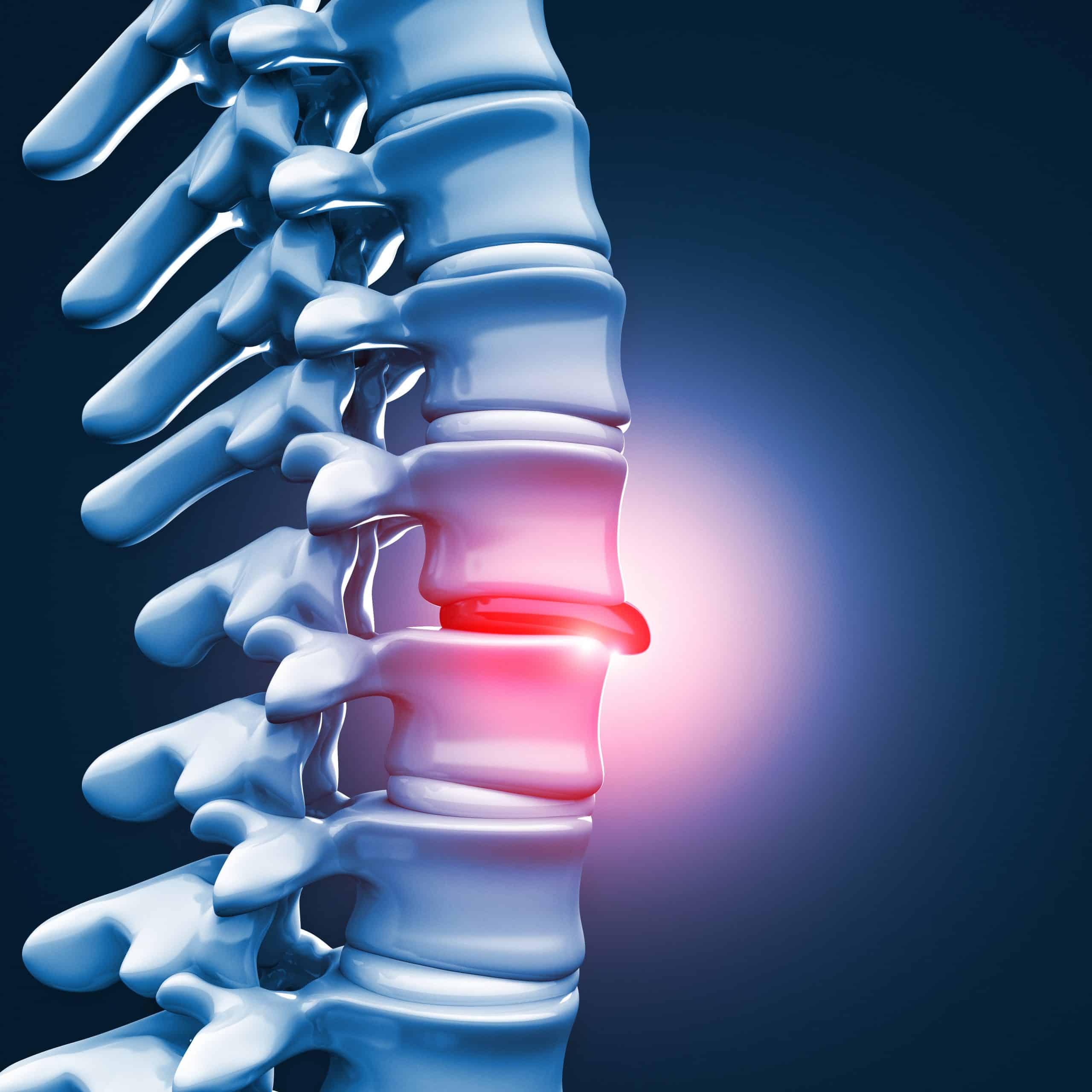Herniated discs, often referred to as slipped or ruptured discs, are a prevalent condition, especially among middle-aged individuals. They arise when a fragment of the disc gets displaced into the spinal canal, pressing on spinal nerves and leading to pain, which can range from mild to severe.

While many might associate this condition with back pain, according to HSS spine surgeon James E. Dowdell III, MD, it’s more likely to affect the buttocks, legs, and feet than the back itself. Despite the discomfort, the silver lining is that 90% of the time, pain from a herniated disc will dissipate on its own within six months. Initially, taking over-the-counter pain relievers and avoiding pain-triggering activities are the typical recommendations.
Each spinal disc resembles a jelly doughnut: a soft nucleus encased within a tough capsule. When a herniated disc occurs, this capsule cracks or breaks, letting the nucleus squeeze out. Such disruptions are particularly common in the lumbar and cervical regions of the spine. However, they are rarer in the thoracic region, with only 1 in every 200 to 400 disc herniations occurring there.
Patients may first notice back pain in the affected disc’s area. As the condition evolves, other symptoms such as leg pain, leg weakness, numbness, and even cauda equina syndrome may manifest. Notably, when the condition primarily affects the lower part of the spine, it can lead to sciatica or intensified back pain.
For those who find no relief after medications and physical therapy, a microdiscectomy becomes a viable surgical option. While herniated discs are mostly observed in individuals aged 30 to 50, it’s not exclusive to this age bracket.
For the majority, rest and time are the best healers for a herniated disc. Yet, some may require more intensive treatments. Institutions like Ohio State offer an array of treatments, from physical therapy to intricate neck and spine surgeries, ensuring that patients get the best possible care.
To learn more about herniated discs and their treatments, consult reputable sources such as UTH Neurosciences and Harvard Health.


